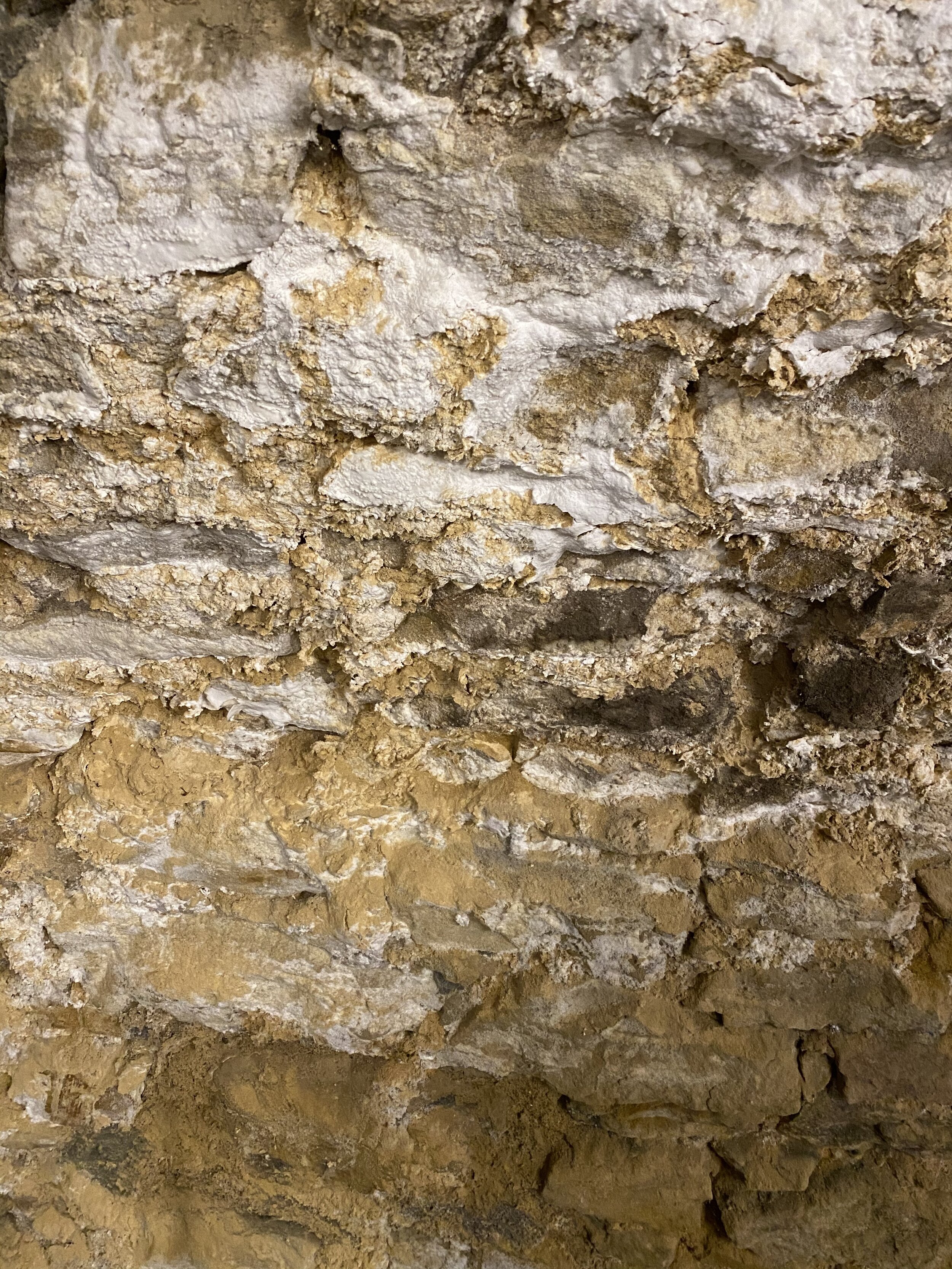History of the Gëlle Klack house
At the crossroad of two Roman streets, the actual Hotel Parc Beaux-Arts (Gëlle Klack house) is in the historic cradle of the city of Luxembourg. Next to the forecourt of the National Museum of History and Art, which is none other than the former Fish Market, the heart of the old town.
At the origin of the house several hypotheses are allowed, was it a corporate house related to salt commerce or a dependence of the sovereign of the country which accommodated its staff?
XV and XVI century
In 1482 the Gëlle Klack house belonged possibly to a certain Claus de Rollingen. The house has a main body dating from the late XV to early XVI century and an annex erected in 1736. The capture of the city by the Burgundians in 1444 and in a more devastating way, the fire of the year 1509, generated a considerable renewal of the old town. The frame of our house, rebuilt after the fire of 1509 (around 1510) is the oldest surviving framework of the old city (dated by dendrochronology).
XVI and XVII century
In the Middle Ages, this square was surrounded by bourgeois houses and shops. From the end of XVI to XVII century the district is inhabited by magistrates of the city.
XVIII century
The construction anchors on the Sigefroi Street façade display the 1736 vintage. This is the date of construction of the annex building and the renovation of the facade. Part of the windows facing the street are from baroque style.
XIX and XX century
The current large-bay window was introduced in the late 19th century. In the 1920s the corner facade overlooking Rue de la Boucherie was embellished and covered with coaster. The openings which had a segmented lintel are dressed with a right lintel. This ornamentation accentuates the verticality of the building and reflects the taste for classicism.
XXI century
Since 2005, The Gëlle Klack House is a boutique hotel, The Hotel Parc Beaux-Arts. The hotel features 11 suites, which are decorated with original stone features, wooden panels, Murano lighting, Italian design elements and medieval architectural details. History and Art are perfectly harmonized.







